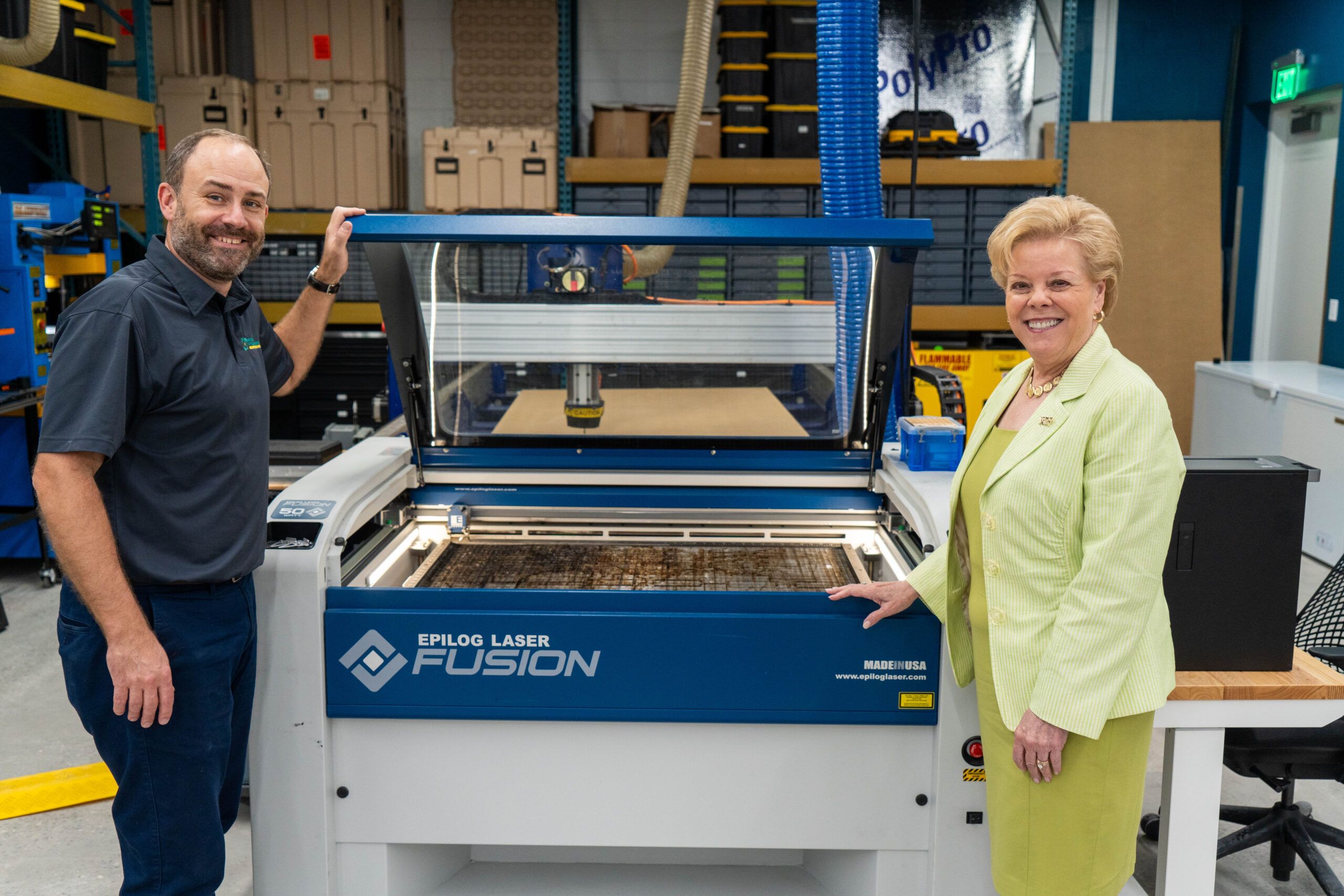The pharmaceutical industry in the United States produces more groundbreaking medical treatments than it does in any other nation. Particularly noteworthy are advances in the treatment of previously incurable cancers and debilitating genetic disorders.
Yet these laudable successes increasingly have been overshadowed by a growing crisis in the affordability of prescription-brand drugs, particularly the cutting-edge biological and gene-based treatments. A quick glance at our national health care spending illustrates the magnitude of the problem.
In 2017, U.S. health care spending was $3.5 trillion, or $10,739 a person, consuming nearly 18 percent of gross domestic product. In comparison, the next nine countries, ranked by spending, averaged half the cost. Annual spending on pharmaceuticals now account for $500 billion, roughly 17 percent of total U.S. health care cost. Worse, the compound annual growth rate for prescription brand drugs is 15 percent each per year, far exceeding increases in either physician or hospital costs.
To mitigate this growing crisis, the federal government must implement market-based solutions to lower the cost of prescription drugs without stifling innovation. Specifically, it must address dysfunctional markets, excess direct-to-consumer marketing and well-intentioned-but-counterproductive government regulations.
First, unlike the market for other goods and services, conventional economic rules such as supply and demand, or free and fair competition, to regulate prices do not apply to the pharmaceutical industry. Patients have little say over their drug purchases and because of intermediaries (such as pharmacy benefit managers) who add roughly 40 percent to the cost of brand drugs, there is no rational market in pharmaceuticals. This flawed market is exacerbated by the pharmaceutical industry’s active efforts to suppress emergence of generic drug brands and frequent strategies to extend the exclusivity of patented drugs (for example, there is no generic version of the 100-year-old drug insulin).
Second, direct-to-consumer advertising and drug company co-pay coupons drive up medication costs by encouraging patients to ask their physicians for expensive specialty drugs rather than cheaper, and often equally effective, generics. In 2015, $5.2 billion was spent on direct-to-consumer advertising of prescription drugs; the majority of such television ads are tax deductible as business expenses. Currently, nine out of 10 drug companies spend more on marketing than on research and development. The U.S. is one of only two nations in which direct-to-consumer advertising of drugs is legal.
Third, medication prices also are inflated by well-meaning government regulations that reward clinically insignificant modifications of common drugs, such as insulin, to retain exclusivity and preempt competition, often with drastic effects on prices. Meanwhile, U.S. manufacturers are free to set the price of their drugs without government constraints. There also are prohibitions against drug importation, further blunting market forces, and Medicare is unable by law to effectively negotiate drug prices. All of this, paradoxically, has led to the U.S. public’s subsidizing of other nations’ drug costs.
While these challenges are daunting, there are bipartisan and practical steps that can be taken to lessen prescription drug costs while maintaining innovation.
First, the federal government should reform the Orphan Drug Act of 1983, which has led to exorbitant price increases by reducing the patient-number threshold needed to qualify as an “orphan” disease. It also would be wise to end the 2006 Food and Drug Administration’s Unapproved Drug Initiative, which has led to frequent drug shortages and substantially higher prices.
Conversely, the FDA should permit reduced medication vial sizes, encourage multiuse vials and significantly extend the recommended shelf lives of medications to decrease unnecessary waste. There is frequently no evidence to justify drug expiration dates and it often grossly underestimates shelf life. It would be advantageous for the FDA to allow select importation of drugs when market distortions exist leading to shortages.
It is also essential to curtail unscrupulous consumer marketing. Congress should eliminate the tax deductibility of such advertising and a rigorous industry code of conduct should be adopted for the marketing of pharmaceuticals.
Finally, health care should continue its gradual move from a fee-for-service system that rewards volume to a value-based payment system that rewards better outcomes for lower costs (i.e., value). Pharmaceutical companies that invest large amounts of money to develop new drugs should be rewarded with patents, but patents are not a license for unrestrained pricing. Pricing of brand drugs should be based upon the drug’s proven value.
By taking these few modest measures, the nation can attain a future where we retain affordable health care while preserving a robust culture of medical innovation. ♦
Physician Charles J. Lockwood is senior vice president for USF Health, dean of the Morsani College of Medicine and a professor of obstetrics/gynecology and public health at the University of South Florida. Lockwood previously was dean at the Ohio State University College of Medicine and chaired OB/GYN departments at Yale and New York University.
His research has been funded by two decades of federal and foundation support. He has published more than 290 peer-reviewed publications, 170 editorials, 87 chapters and invited reviews and edited five textbooks, three with multiple editions.















